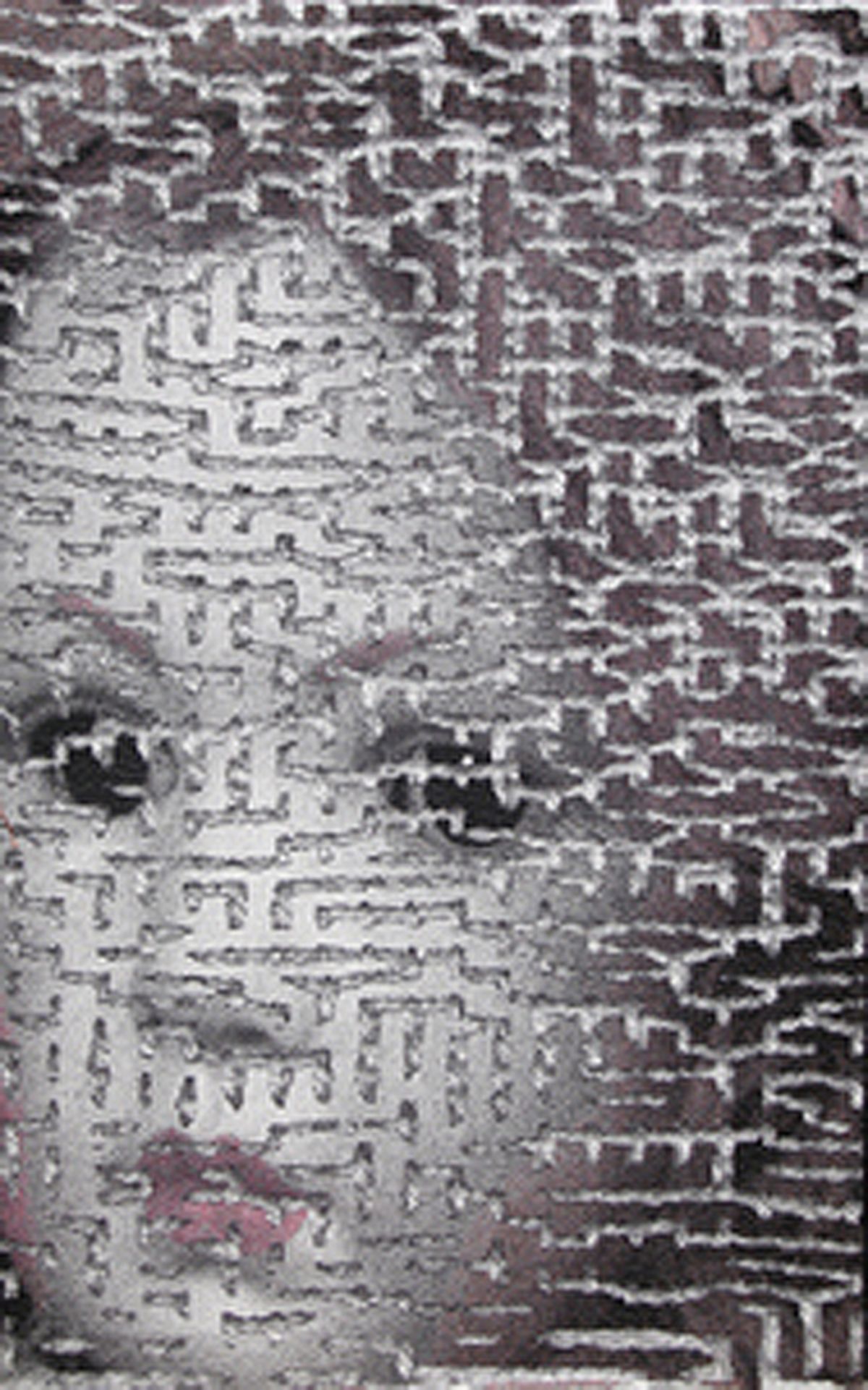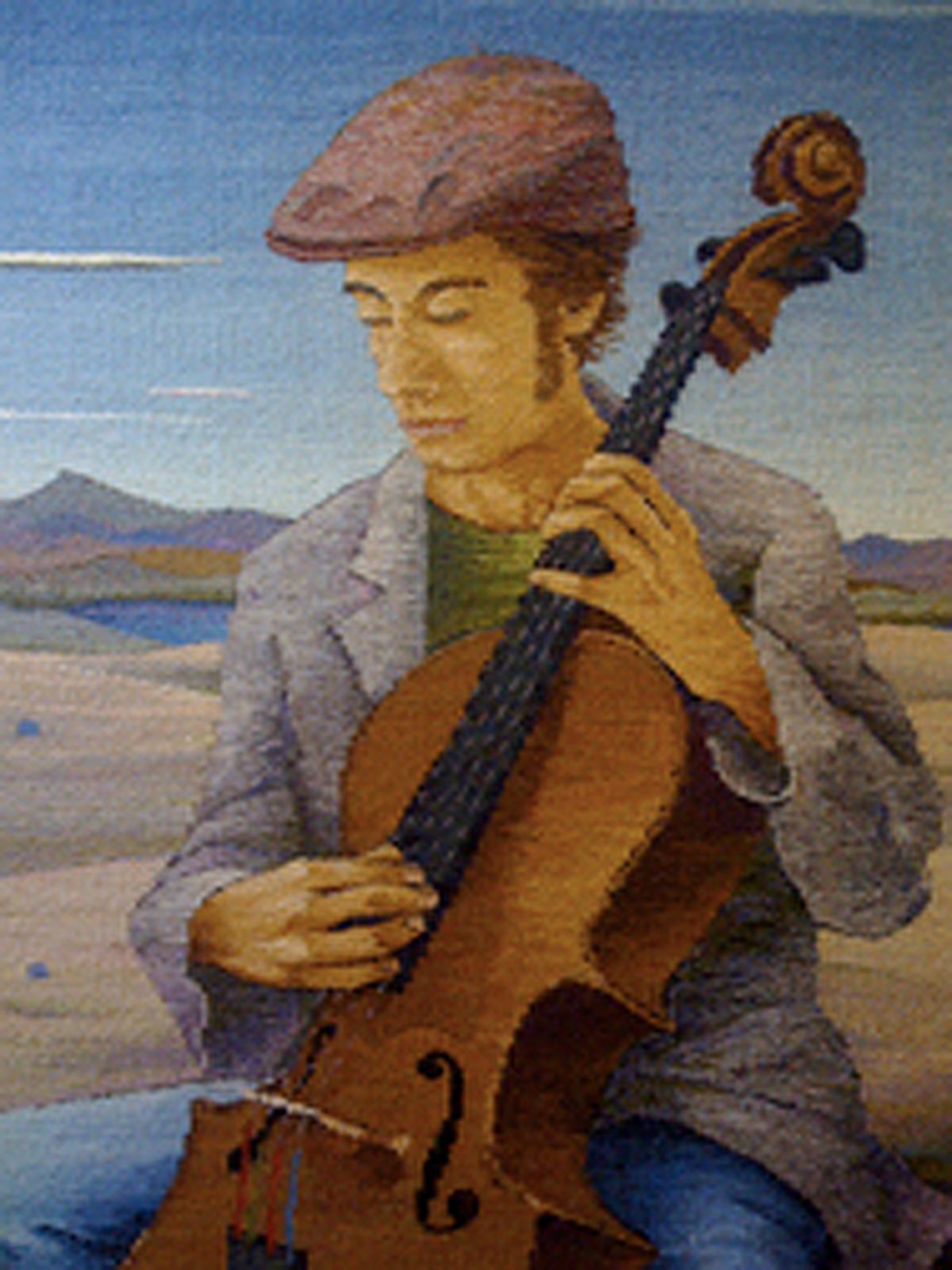Monthly art walk will prove pleasing to fans of high-tech, low-tech
The work from photographer Dean Davis at Barrister Winery includes “Our Lady of Lourdes.” Images courtesy of the artists (Images courtesy of the artists / The Spokesman-Review)
The most striking contrast at First Friday, Spokane’s monthly downtown art walk, may be this one: ultra-high-tech art vs. ultra-low-tech art. For a low-tech experience, check out a national-class exhibit of one of the most ancient of all human arts: weaving. The “Weaving Invitational” at the Chase Gallery features six nationally known artists.
For high-tech, head directly to Barrister Winery, 1213 W. Railroad Ave., where Dean Davis will be showing his photography exhibit titled “Interior Views: A Unique Look at Spokane Landmarks.”
Do not expect routine interior shots. Davis, who has done commercial photography for 13 years in Spokane before this foray into art, has been perfecting a technique for two years using “high dynamic range imaging” (HDRI for short), which produces a texture and richness beyond anything you’ve seen in regular photography.
“The images take on a painterly or illustrative quality, in the detail and also in the color,” said Davis. “You couldn’t do this with photography until very recently.”
He sets up a camera in an interior space – for instance, the Martin Woldson Theater at the Fox, St. John’s Cathedral and the Campbell House – and shoots 12 to 15 images from the exact same spot.
He’ll begin at 1/500th of a second, so fast that it might only show the pinpricks of light bulbs, and end up at eight minutes, so slow everything but the deepest, darkest shadows will be blasted out.
Davis uses a complicated software program to, in a sense, merge all of those exposures. Then he’ll go to work, tone-mapping the image over and over again, trying to get the richest and most evocative result possible.
“That’s where some of the art happens,” he said.
He then prints each one on a 3- by 5-foot canvas. Davis called it a “labor of love,” and the Barrister Winery will be showing 22 works.
“This is the first time I’ve picked up the camera for myself, to show my work as fine art,” said Davis.
“I hope to get a book together eventually.”
A reception for Davis will run from 5 to 10 p.m. at Barrister.
The show continues through May 29.
Head over to the Chase Gallery at Spokane City Hall, 808 W. Spokane Falls Blvd., for the “Weaving Invitational.” It features a stunning variety of weaving artists from California, New Mexico, Idaho and the Inland Northwest, including Mary Burks, Lia Cook, James Koehler, Rebecca Laurence, Barbara Setsu-Pickett and Sarah Swett.
All stretch the definition of weaving in different ways. Koelher’s work echoes the “rhythmic, repetitive and random processes in the natural world”; Laurence incorporates found objects in stunning, stylized purses; Cook weaves faces and maps into her work with a complex system of light and dark threads; Swett hand-dyes all of her fibers to create images; and Setsu-Pickett creates patterns with velvet weaving.
The artists’ reception runs from 5 to 8 p.m. and the exhibit continues through July 3.
The Northwest Museum of Arts and Culture, 2316 W. First Ave., will have an exhibit that bridges the gap between high-tech and low-tech.
“Between Silences” is a collaborative installation by Moscow, Idaho artist Gerri Sayler and musician Robert Dickow.
For instance, “Ad Infinitum II” consists of hand-sculpted filigree strands that look like spun glass and icicles cascading from the ceiling; it’s actually hot glue, shaped by Sayler.
Meanwhile, Dickow’s “Tendrils,” an original algorithmic musical composition, will play on hidden speakers throughout the gallery. Viewers will “trigger motion sensors and activate random, non-repeating sounds.”
The artists’ reception runs from 5 to 7 p.m. and the exhibit runs through June 28.
Gail Grinnell’s exhibit, “Body of Work,” at the Lorinda Knight Gallery, 523 W. Sprague, defies conventional categories.
Grinnell “builds translucent layers of vintage dressmaker’s patterns and fabrics of silk and polyester.” She then draws images over them to “create an entwined sense of gravity and buoyancy.”
“Her figures morph and swell, pulling against gravity like half-filled balloons, billowing like laundry on the line, boneless and buoyant as jellyfish,” wrote Elizabeth Bryant in an essay about Grinnell’s work.
The reception runs from 6 to 8 p.m. and the exhibit runs through May 30.


